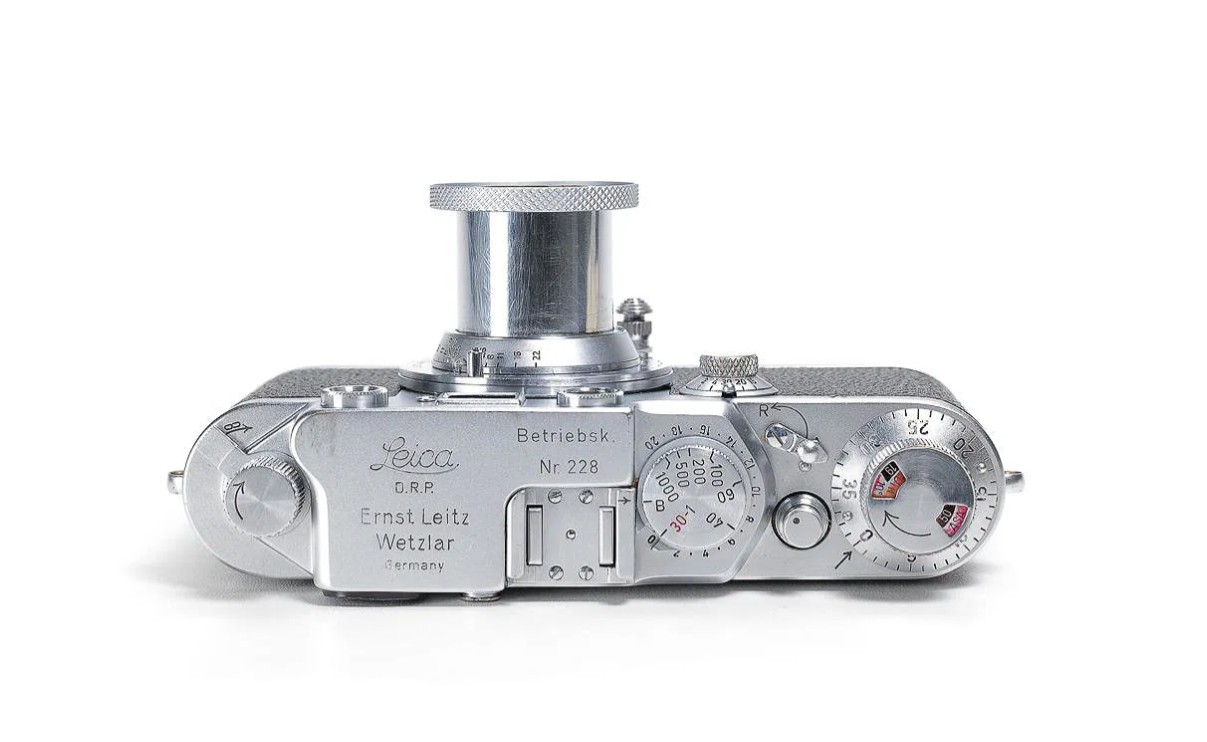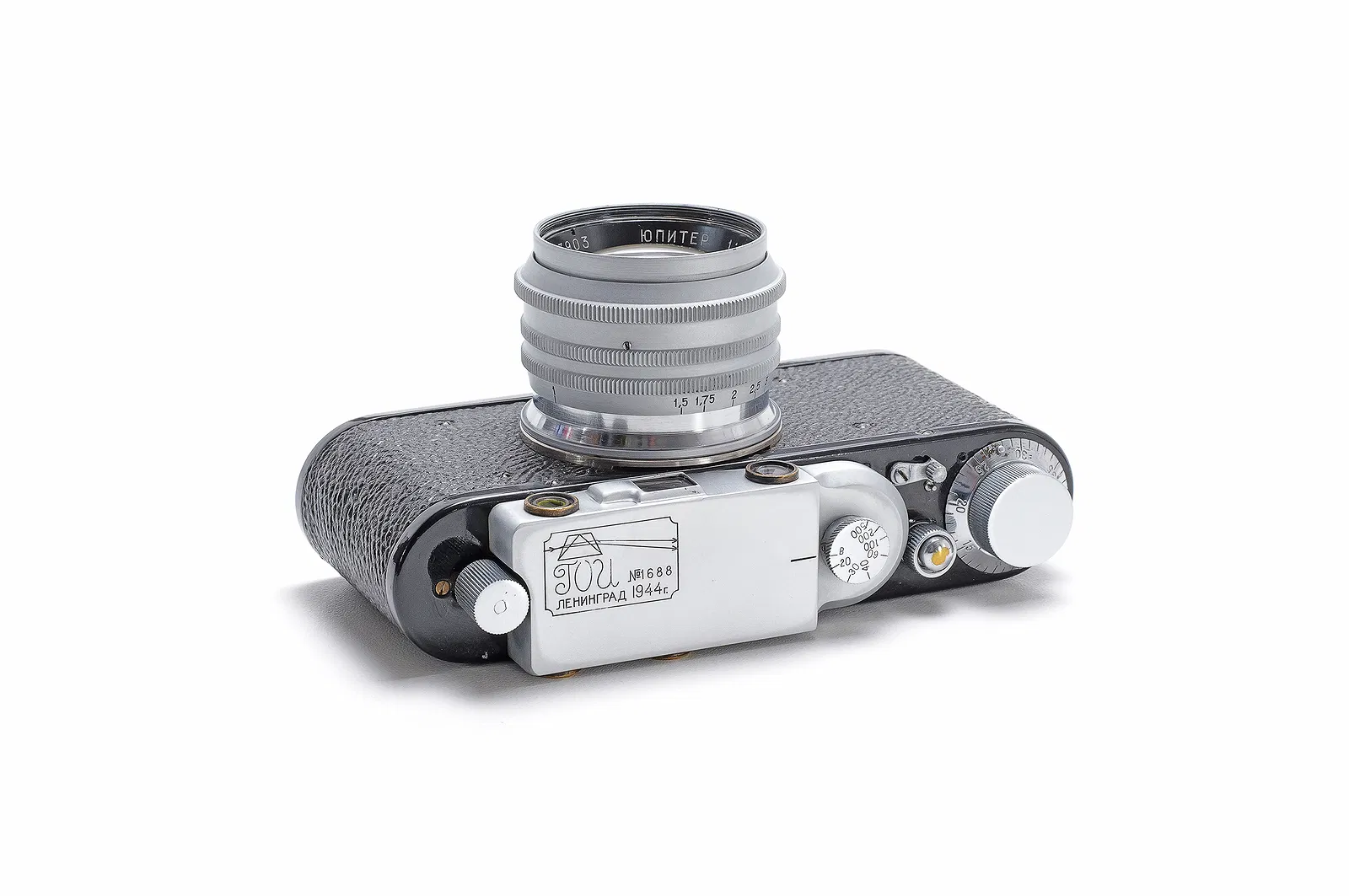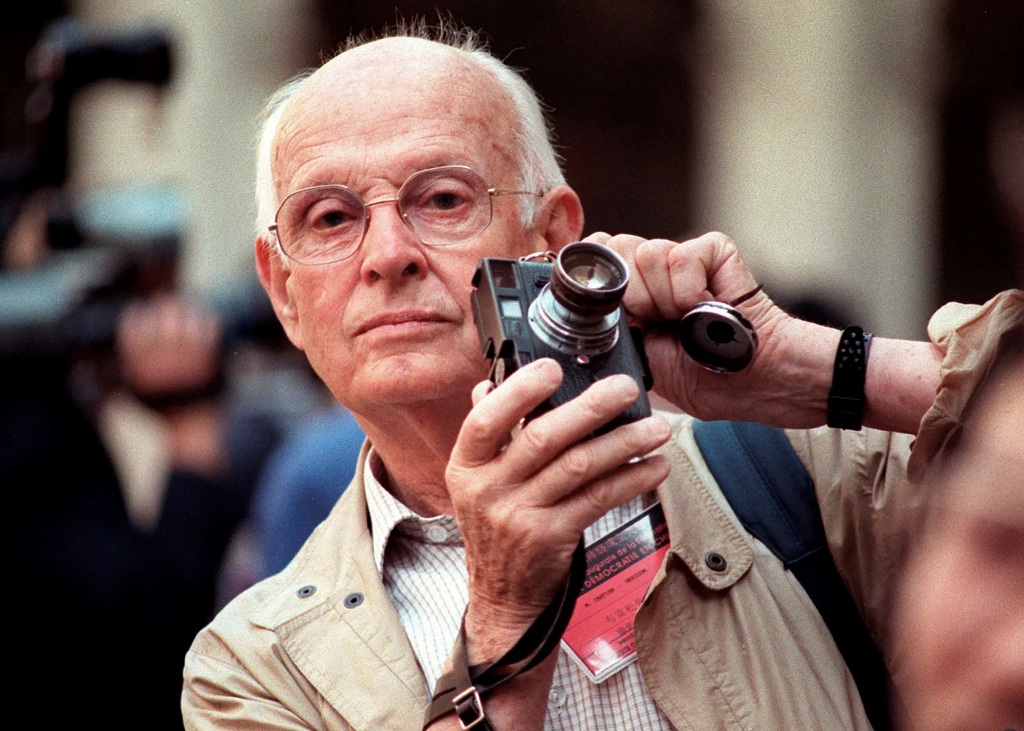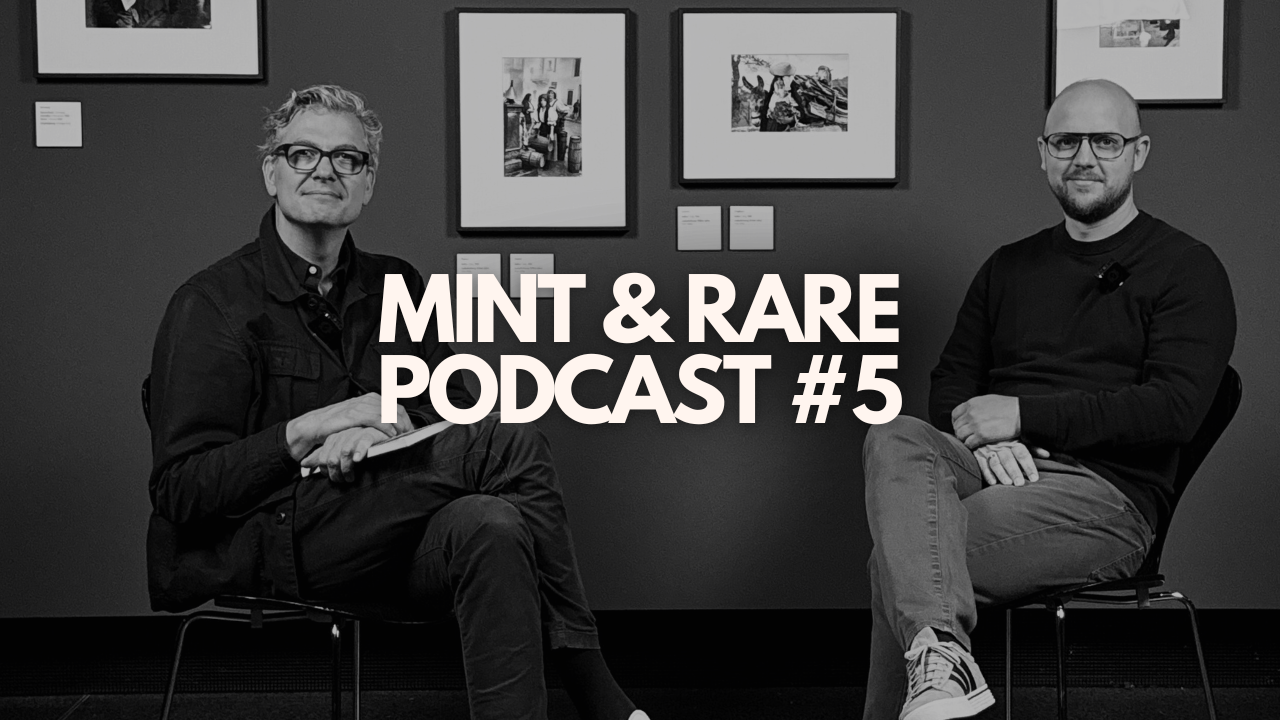The normal View? - 50mm Lens Comparison - Carsten Schouler
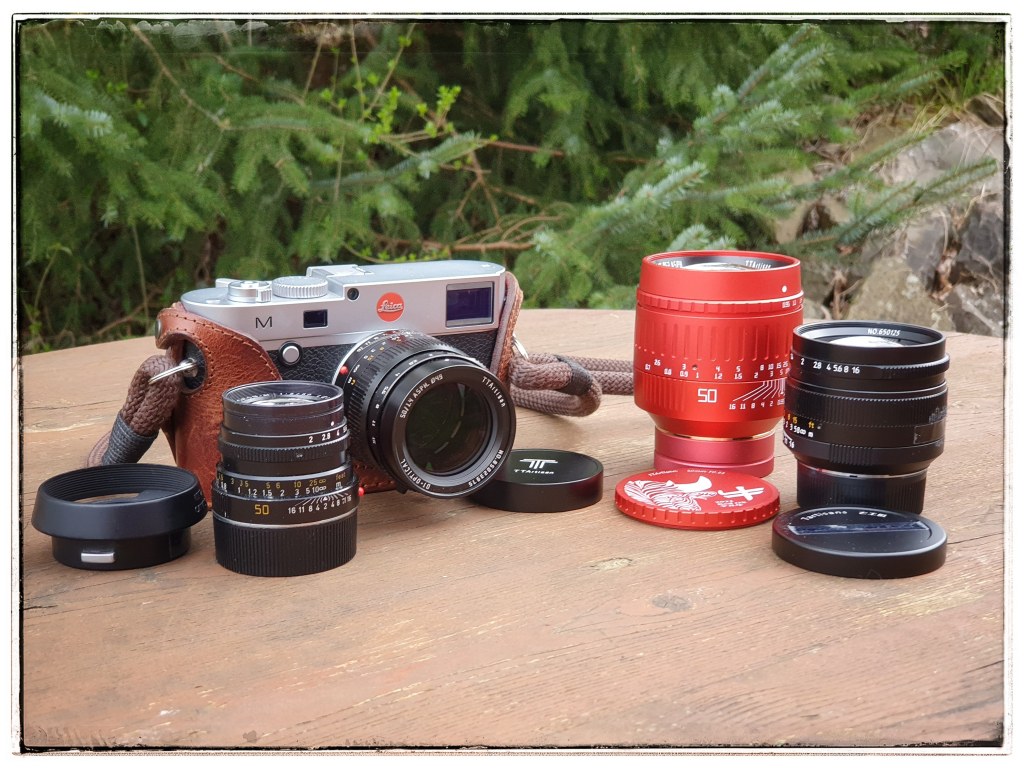
50mm lenses are considered to be the “normal” lens. Many think this is because they show what a human being sees. This is wrong, or at least imprecise. The field-of-view of a human is much wider than the one of the 50mm lens.
If it had only been those 46°, we would have been in trouble so many times and probably would not have survived all those sabretooth attacks in the Stone Ages. ;). What we can say is that the perspective, the relation of objects in the foreground to those in the background that a 50mm lens (on format 135) renders is very similar to the one we perceive with our own eyes. That’s why we are so used to the way a 50mm lens shows images and that’s why we can leave one eye open when shooting – if we use a 1.0x viewfinder (such as in a Leica M3) – and see pretty much the same image with both eyes.
Anyway, many photographers have a love-and-hate relationship to a 50mm lens. I, for myself, like them, because they are on the one hand highly versatile and on the other hand kind of challenging when it comes to composition – it’s easy to produce a boring image with a 50mm lens, but they are good for landscapes, street and portraits as well.
During the last years, several new 50mm lenses have been marketed, also for Leica M mount. New manufacturers have come out with affordable and still high-quality models which nicely complement lenses by Zeiss, Voigtländer or Leica and offer alternatives to used gear. 7artisans and TTArtisan are two of those brands.
In this article I like to show a little – admittedly rather unscientific – comparison of four 50mm lenses for M-mount. Why did I choose those? Because those are the ones I have at hand.
The competitors are: (in order of maximum aperture)
- TTArtisan 0.95/50 “Year of the OX”-Edition
- 7artisans 1.1/50
- TTArtisan 1.4/50
- Leica Summicron-M 2.0/50 (IV „Mandler“)
As a side-effect we might also be able to see the differences in background separation and “bokeh” at different maximum apertures.
The shown images are a “head shot” portrait (taken wide open and at f/2.8), a portrait of some camera gear to show the depth-of-field differences (taken wide open and at f/4) and a simple garden shot (also at f/4) to check landscape capabilities. For reasons of easier focusing, a Sony A7II was used.
The TTArtisan 0.95/50 (Year of the Ox)
This is a huge lens. And it’s red, shiny red. Either you love it or you hate it. I love it, while a friend of mine calls it “porn”. It’s also heavy which is something I do not love that much. But then, a “fullframe” lens with a maximum aperture of f/0.95 cannot be lightweight.
The built quality is excellent, just like with any TTArtisan M-mount lens I have used so far. There is no tangible difference noticeable to Zeiss or Voigtländer lenses, even Leica lenses do not leave this TTArtisan behind. The sheer size of it does come with a considerable influence on the viewfinder blockage in the low right corner of an M-camera. You need to live with that or adapt the lens to a mirrorless camera (which some say would make more sense anyway, since focusing with a rangefinder at f/0.95 can be demanding, though it’s not impossible if adjusted precisely.)
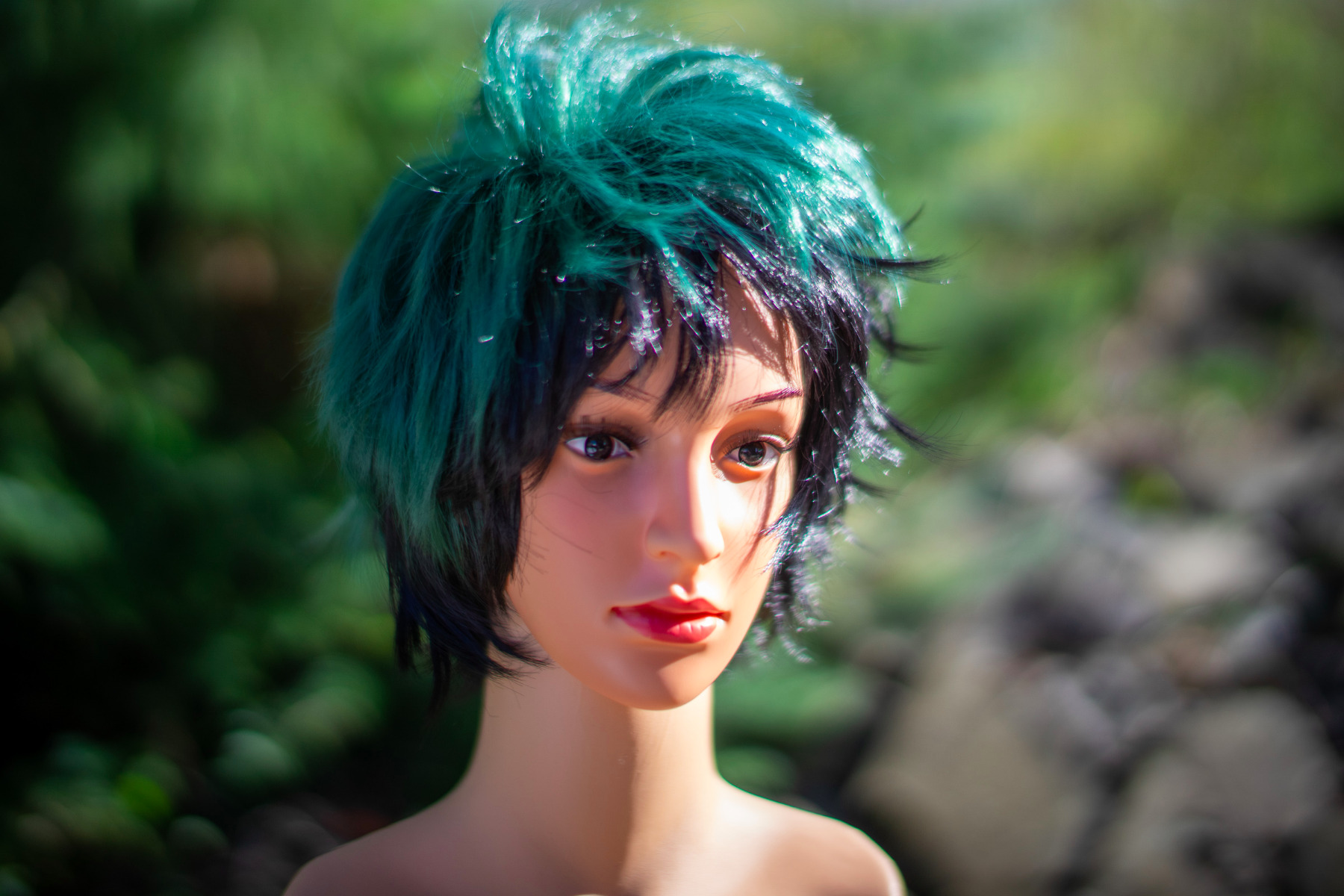
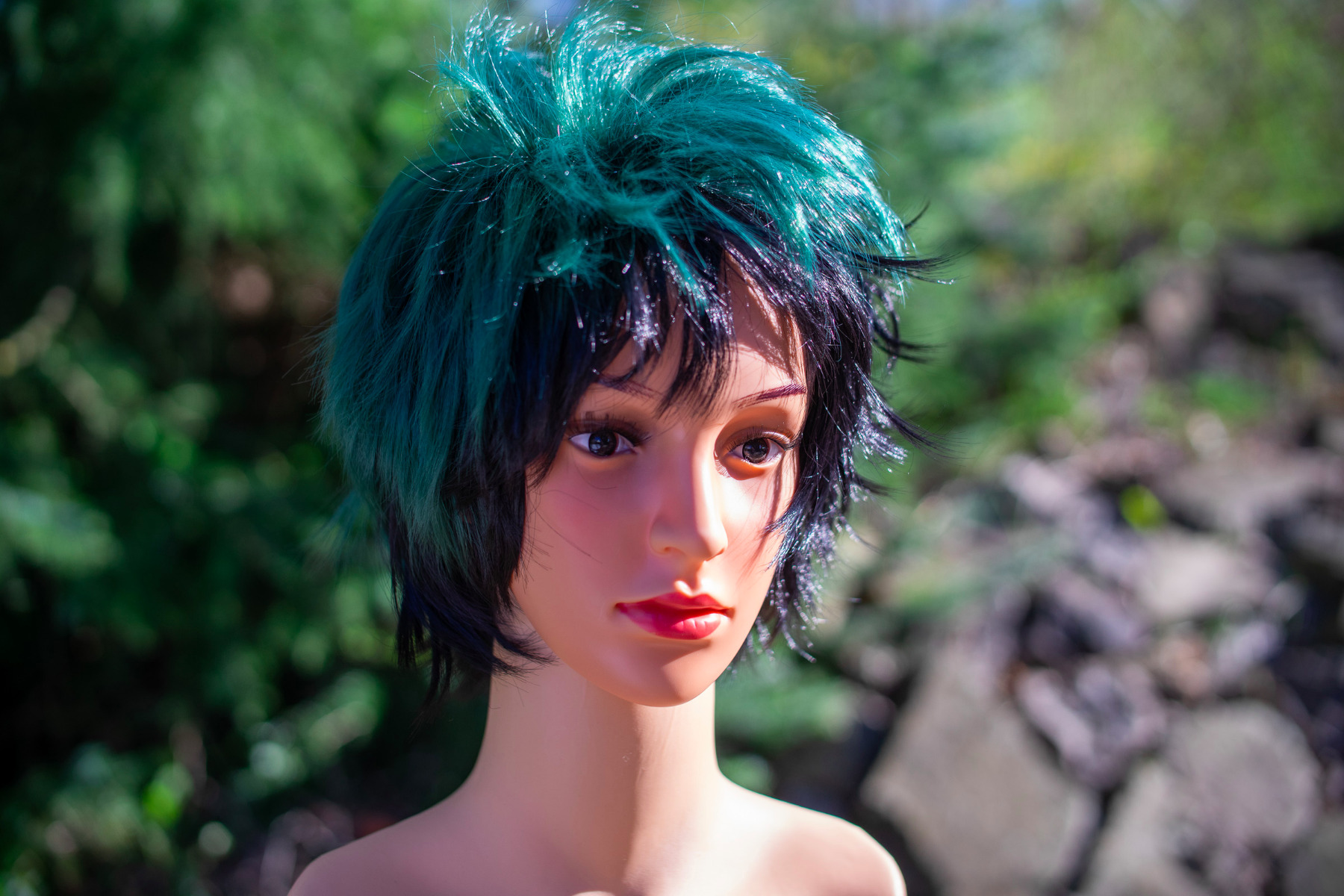
The photos show both that the lens – if focused correctly – is really sharp and that an aperture of f/0.95 renders a wafer-thin depth-of-field which raises the question if it is a useful aperture for portraits.
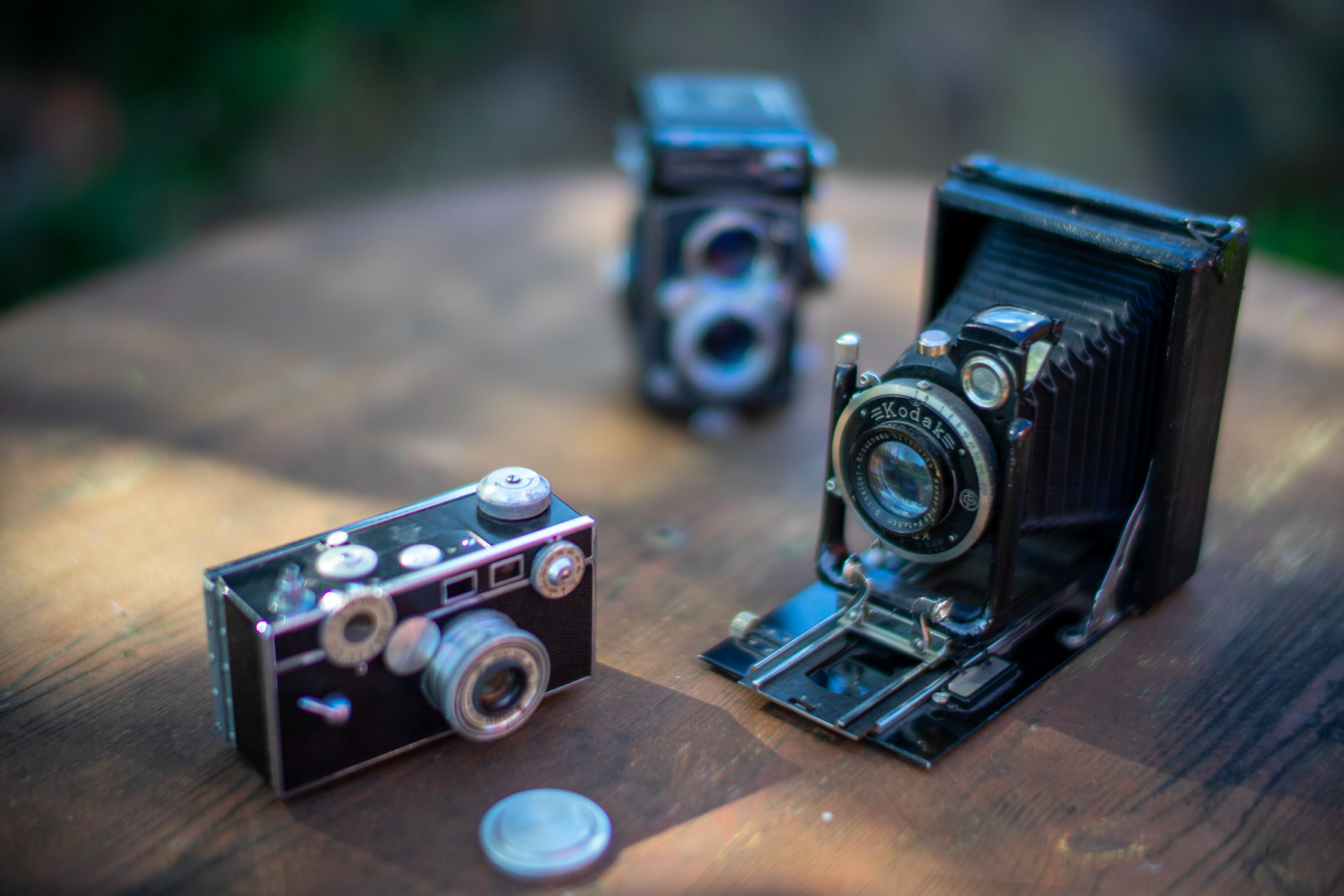
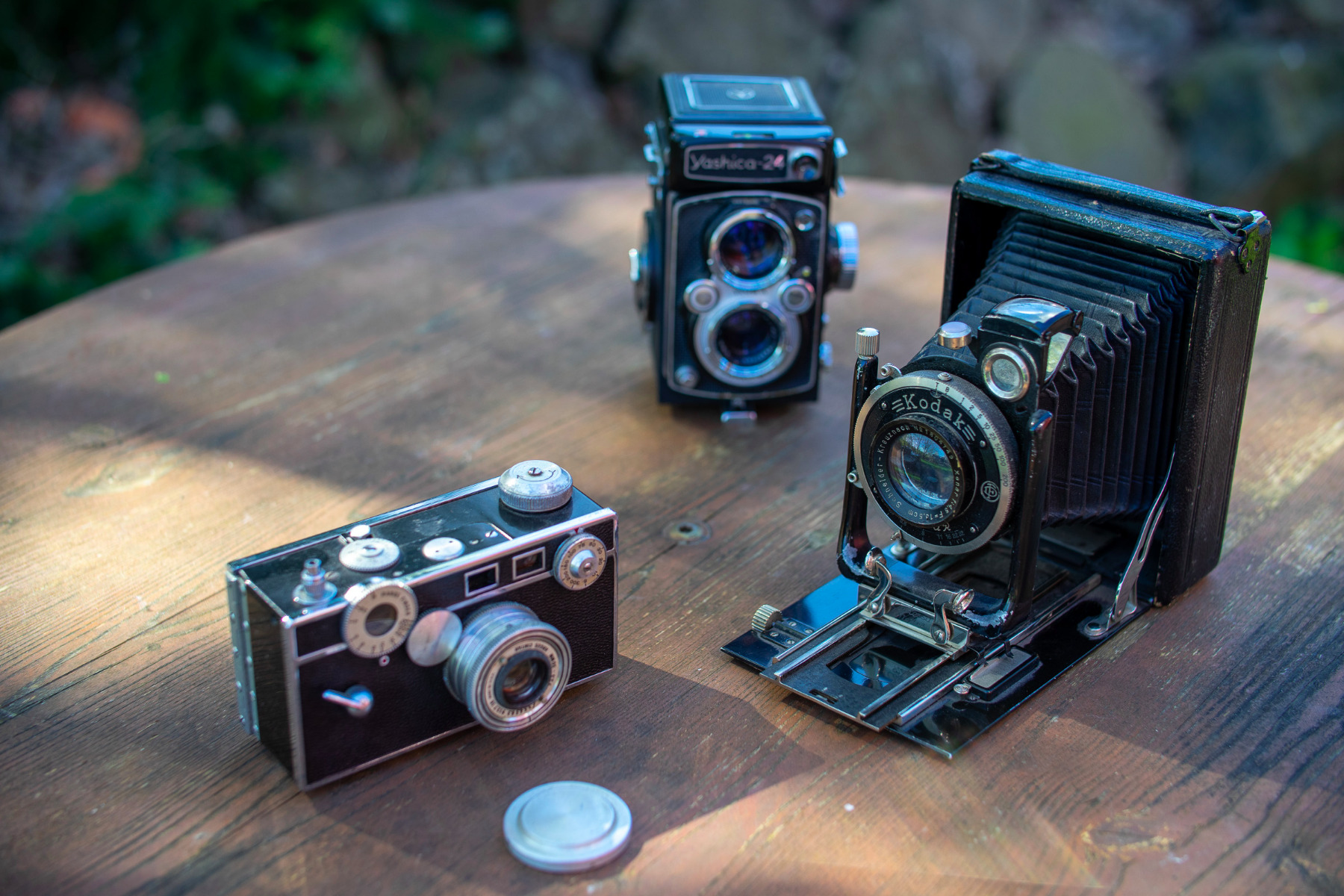
The pictures of the cameras underline the first impression. They additionally show that contrast is relatively low at f/0.95 and that CAs are visible at high contrast edges (such as the chrome strip of the Argus camera). At f/2.8 both flaws are gone.
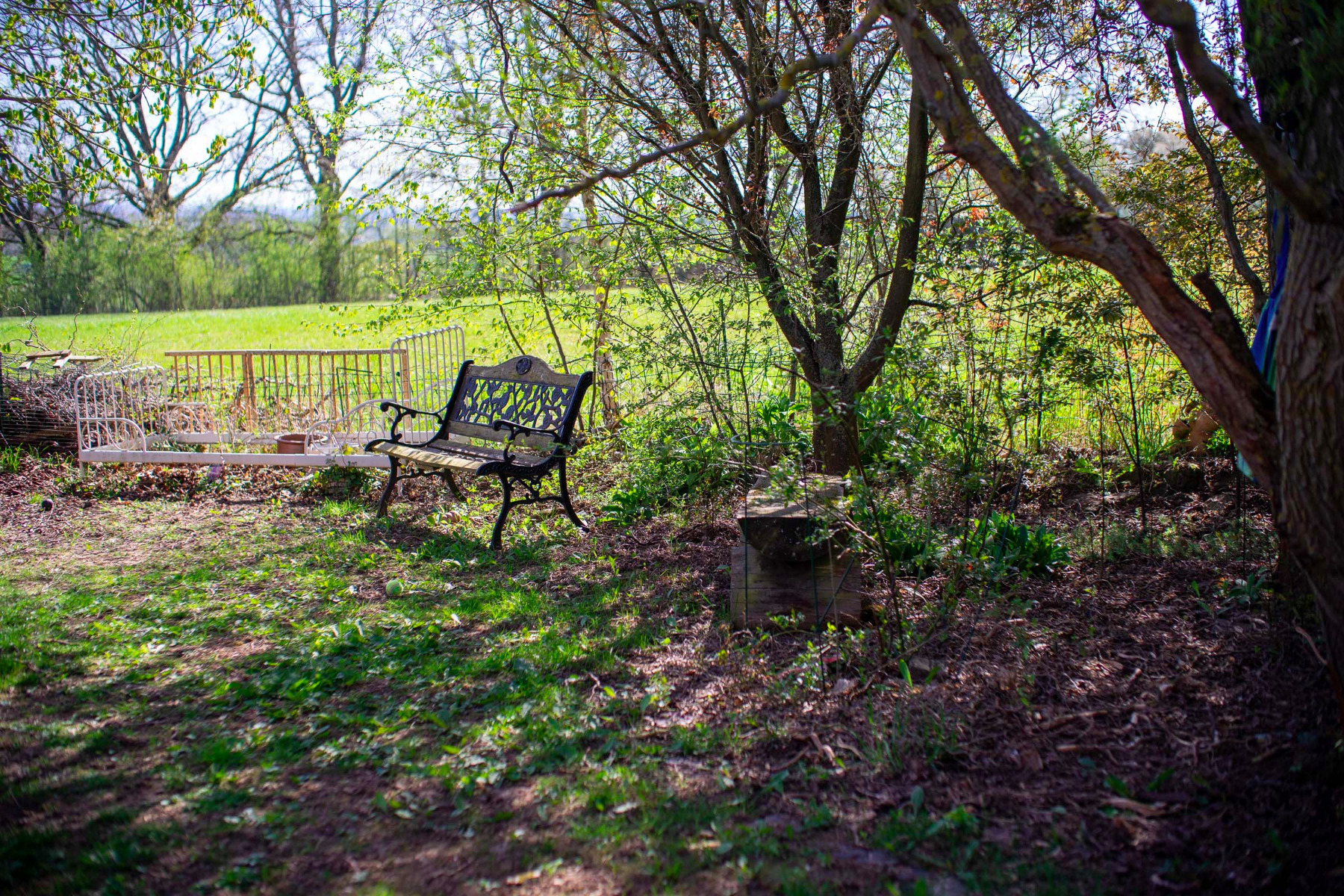
The garden shot also shows that the lens is really sharp, at least in the centre part, whereas the sharpness suffers from a falloff in the corners even at f/4. At f/5.6 it is still visible, and to achieve an acceptable corner-to-corner sharpness you need to stop down to f/8. (This, by the way, is a bit better when used with a Leica M camera.)
Pro: sharp, beautiful bokeh, amazing separation, relatively affordable
Con: big and heavy, lower contrast and CAs wide open, corner sharpness
7artisans 1.1/50
This was my first “new” 50mm M-mount lens and I bought it quickly after it was marketed, because I was amazed to get a new very fast (f/1.1!) lens for a very low price.
The 7artisans is kind of thick but surprisingly short which helps to prevent a bad viewfinder blockage. Its built is very good and it has a solid feel to it – not entirely on par with the above mentioned TTArtisan but still pretty good.
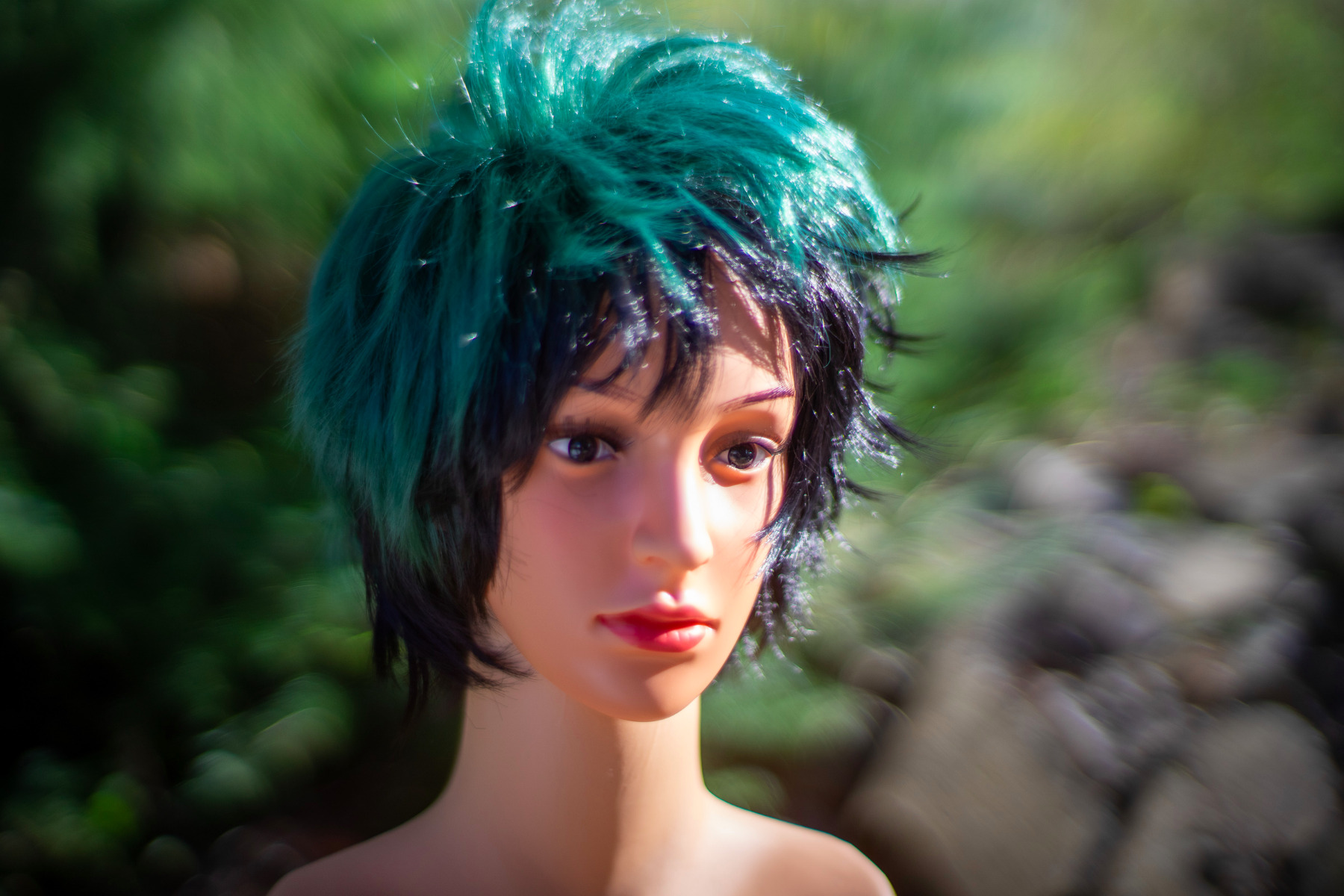
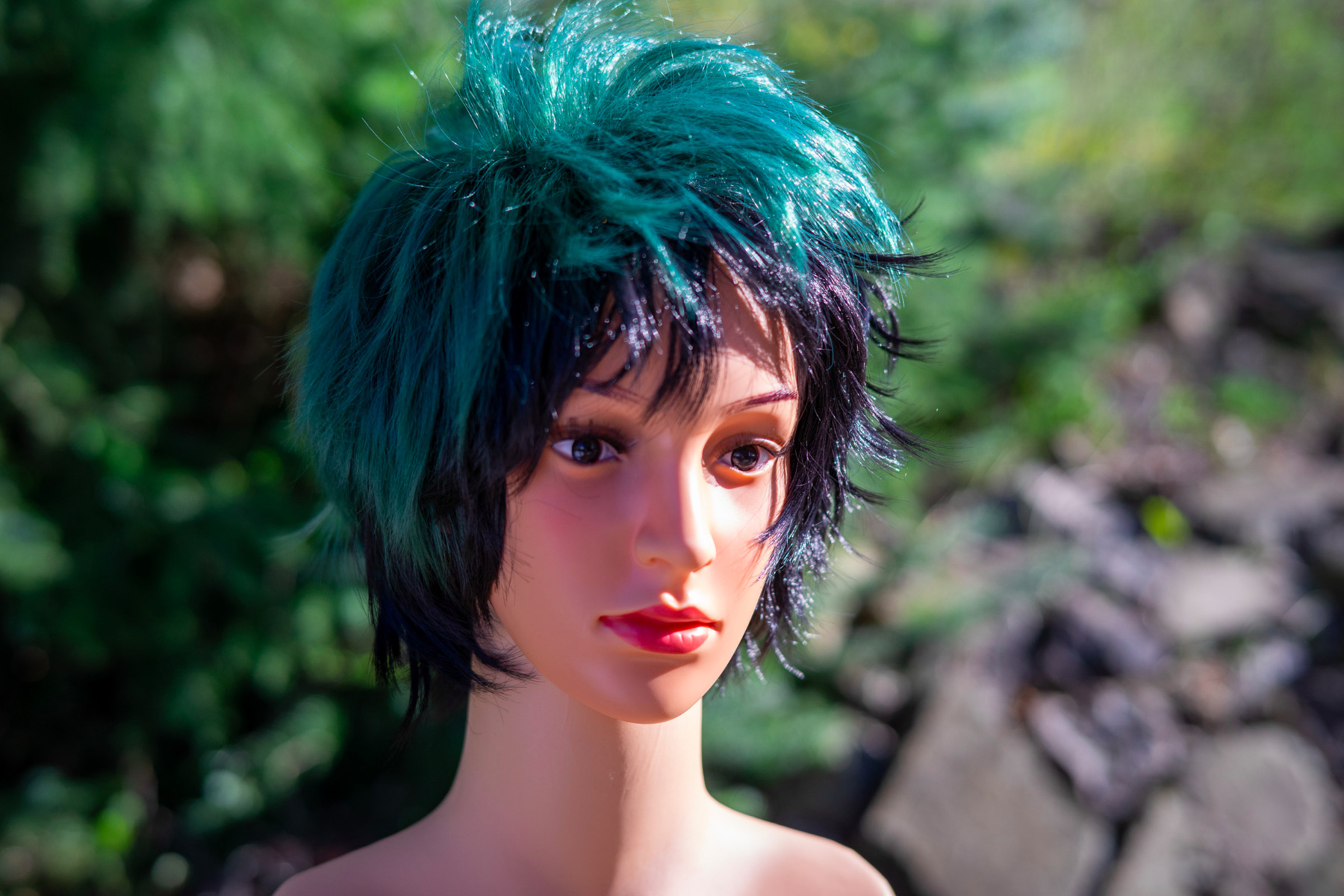
The wide open portrait shot depicts the peculiar bokeh of this lens, a typical feature of its Sonnar design and it also seems to indicate that the 7artisans is liable to CAs wide open. At f/2.8 we see that the lens is really sharp. (Since I misfocused a tiny bit you need to look at the hair at the side of her left eye.)
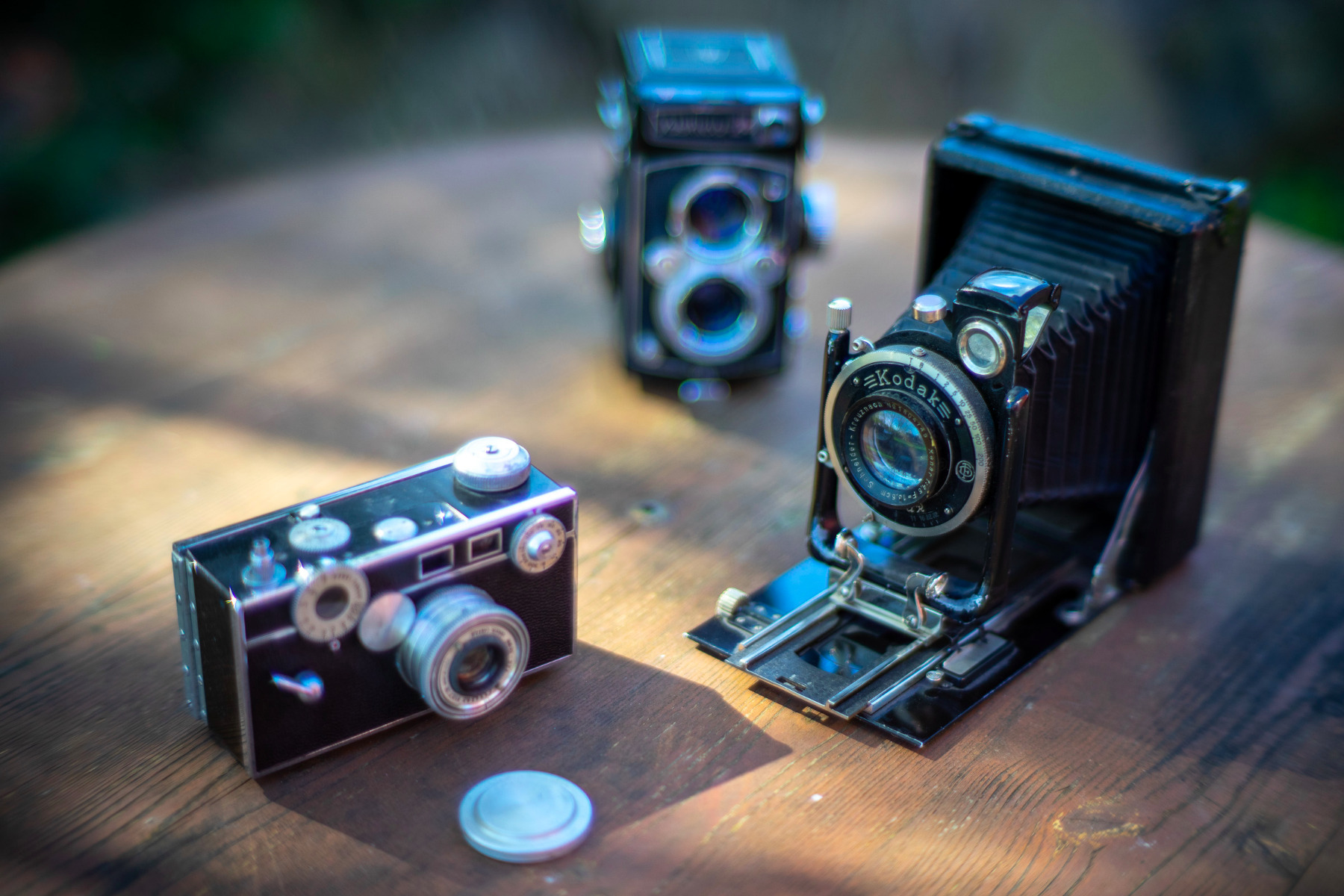
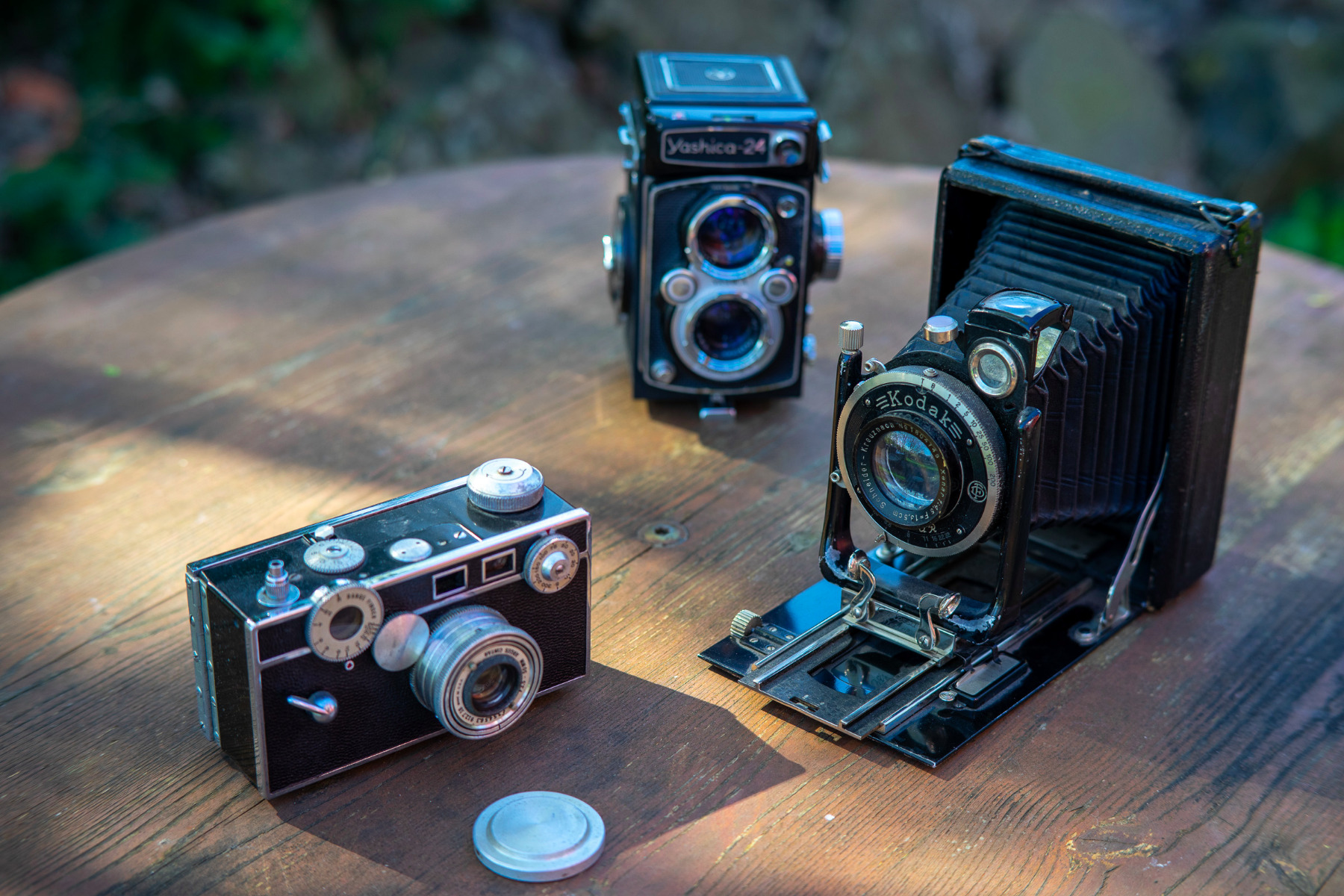
The camera photos confirm the findings: wide open we see CAs and that special bokeh that one needs to like in order to love it. I’d like to add that the transition from focus to out-of-focus is nice here. At f/4 everything is fine and the lens produces very sharp images indeed.
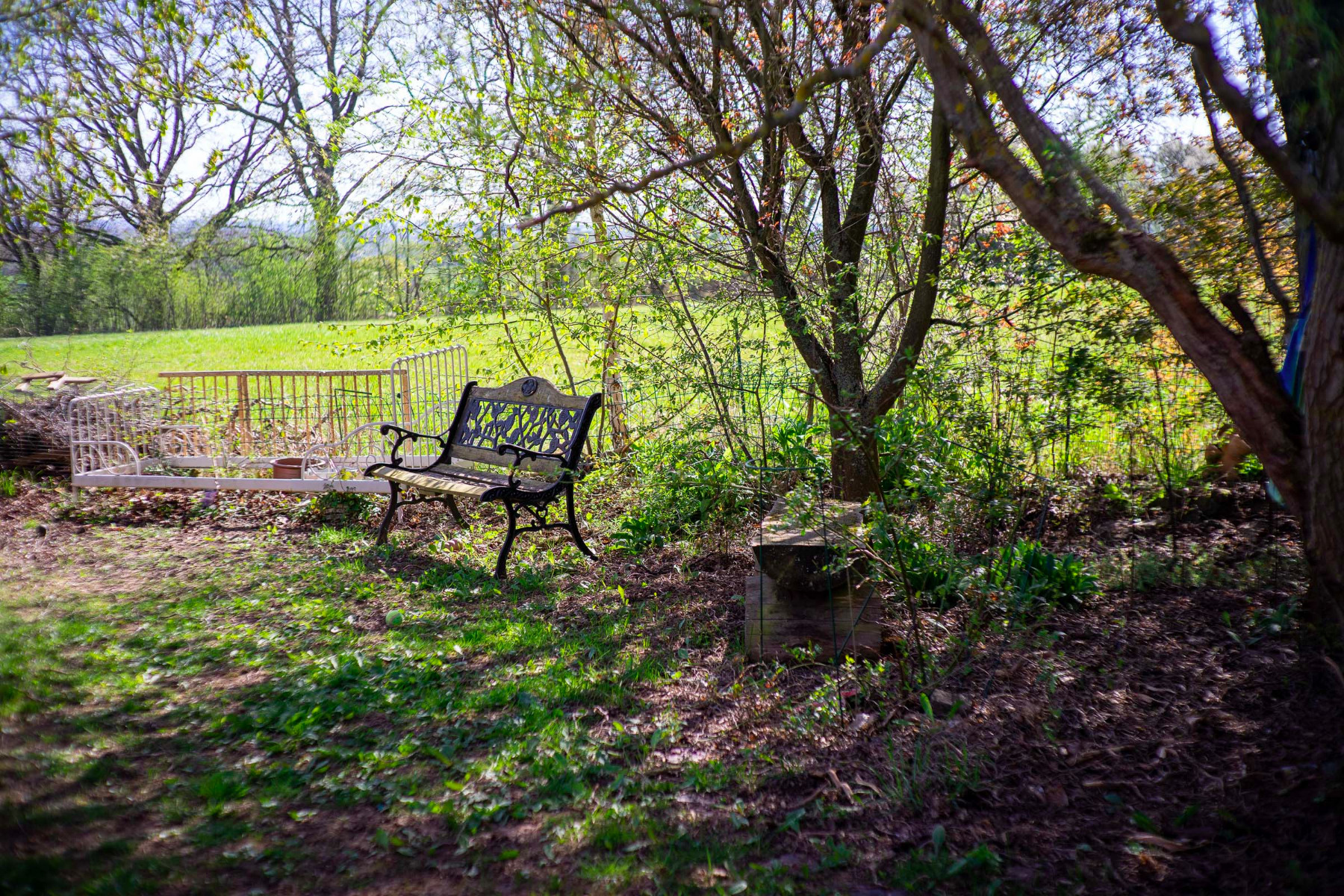
Here we see the biggest problem of the 7artisans. It’s a nice, even a kind of “special” portrait lens but it’s not very useful for landscapes or street photography, since the corner performance at fast apertures is abysmal. In order to get halfway sharp corners, you need to stop down to f/8 at least. The shot taken at f/4 shows that as nice as the lens can be for head shots, it is no lens for universal usage and thus not the typical 50mm. Again, it is better on a Leica M camera, but it’s definitely worth mentioning.
Pro: centre sharpness, bokeh wide open, short length, price
Con: corner performance, bokeh wide open
TTArtisan 1.4/50
On first sight, this 1.4/50 seems to be the best compromise between the afore mentioned two lenses: it is considerably smaller than the f/0.95, slimmer than the f/1.1 and as far as price is concerned right in between. With f/1.4 it does not open as wide as the others, but if its performance can outshine the fast lenses, it might be worth a second look.
Built quality as well sits in between: it’s better built than the 7artisans but perhaps a tiny bit behind the Year-of-the-Ox version – but that’s hairsplitting since none of those three lenses will disappoint you built-wise.
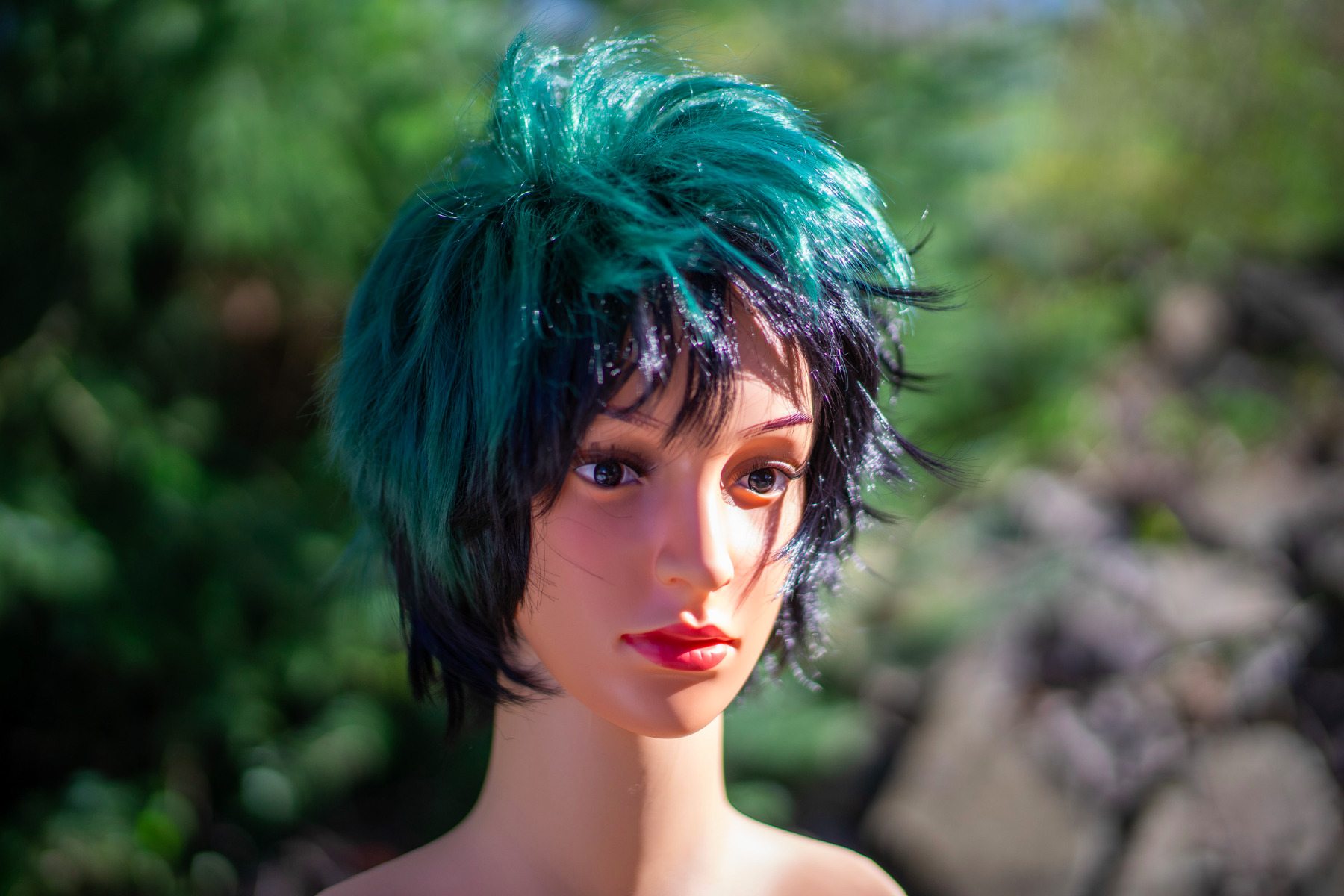
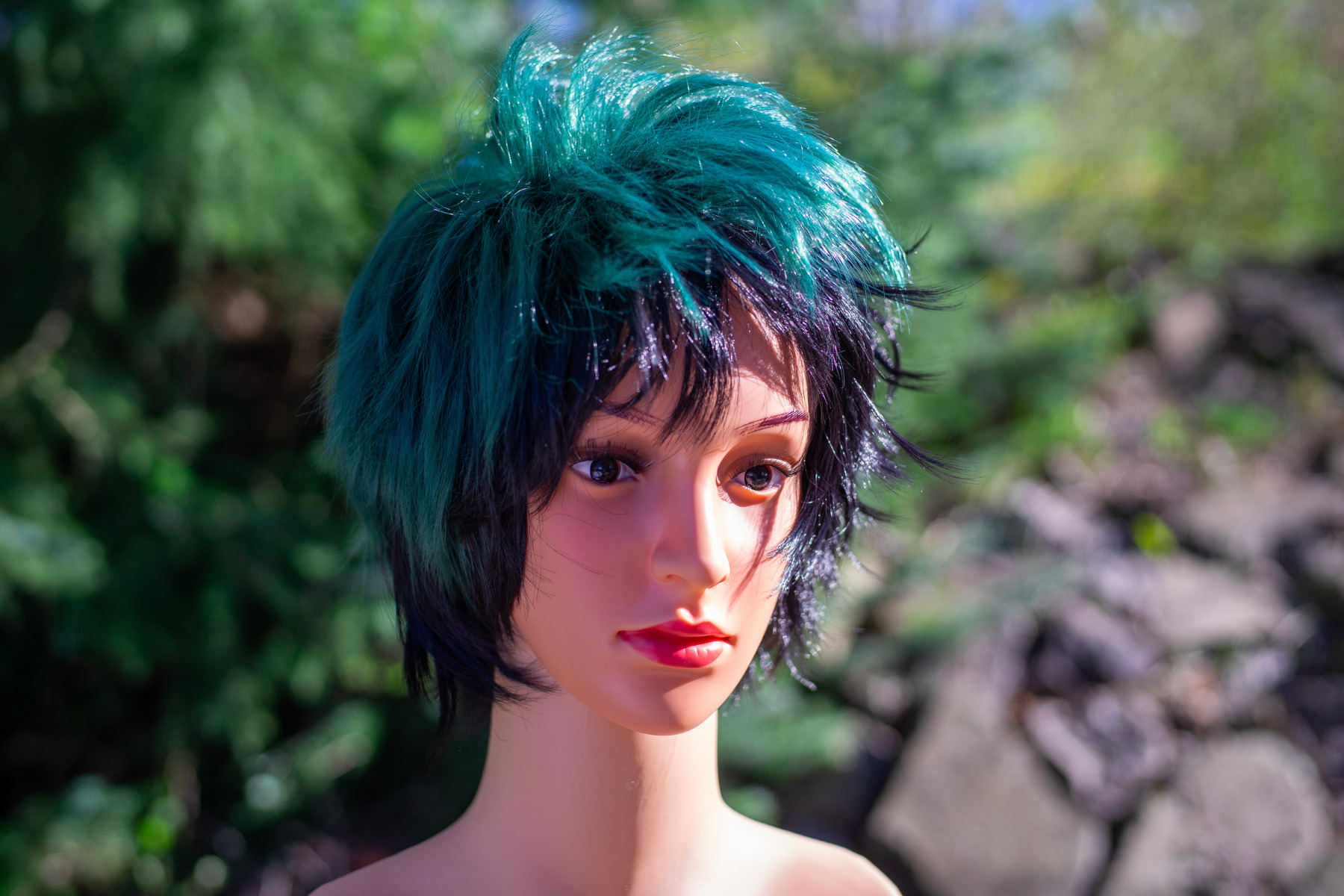
Not very surprisingly, the 1.4/50 is wide open sharper than the other two lenses from far east. It’s just easier to make a sharp lens at f/1.4. The bokeh is very nice also at f/2.8. CAs are well controlled, and contrast is very good. Sharpness transition is beautiful. All those characteristics are verified in the camera shots:
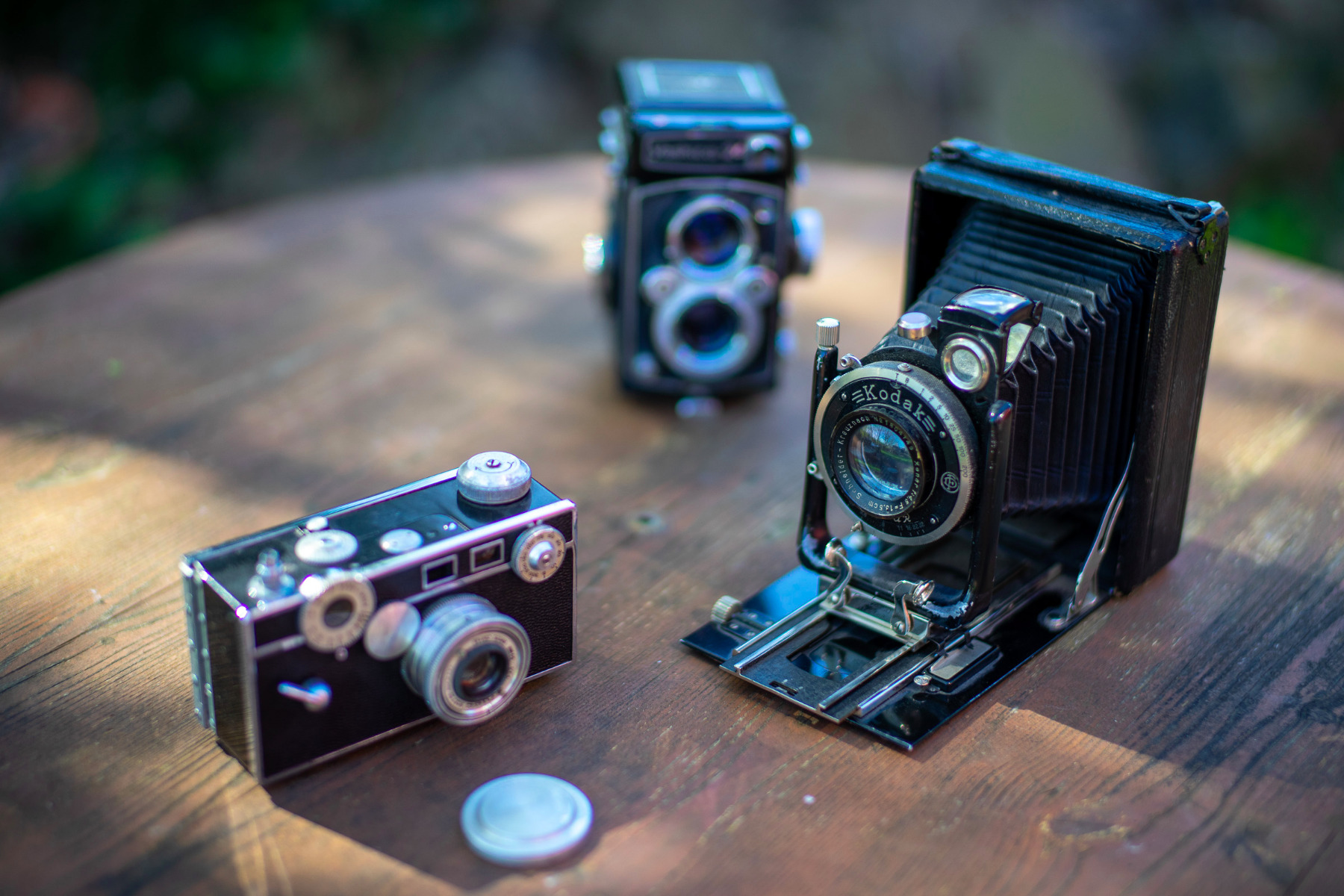
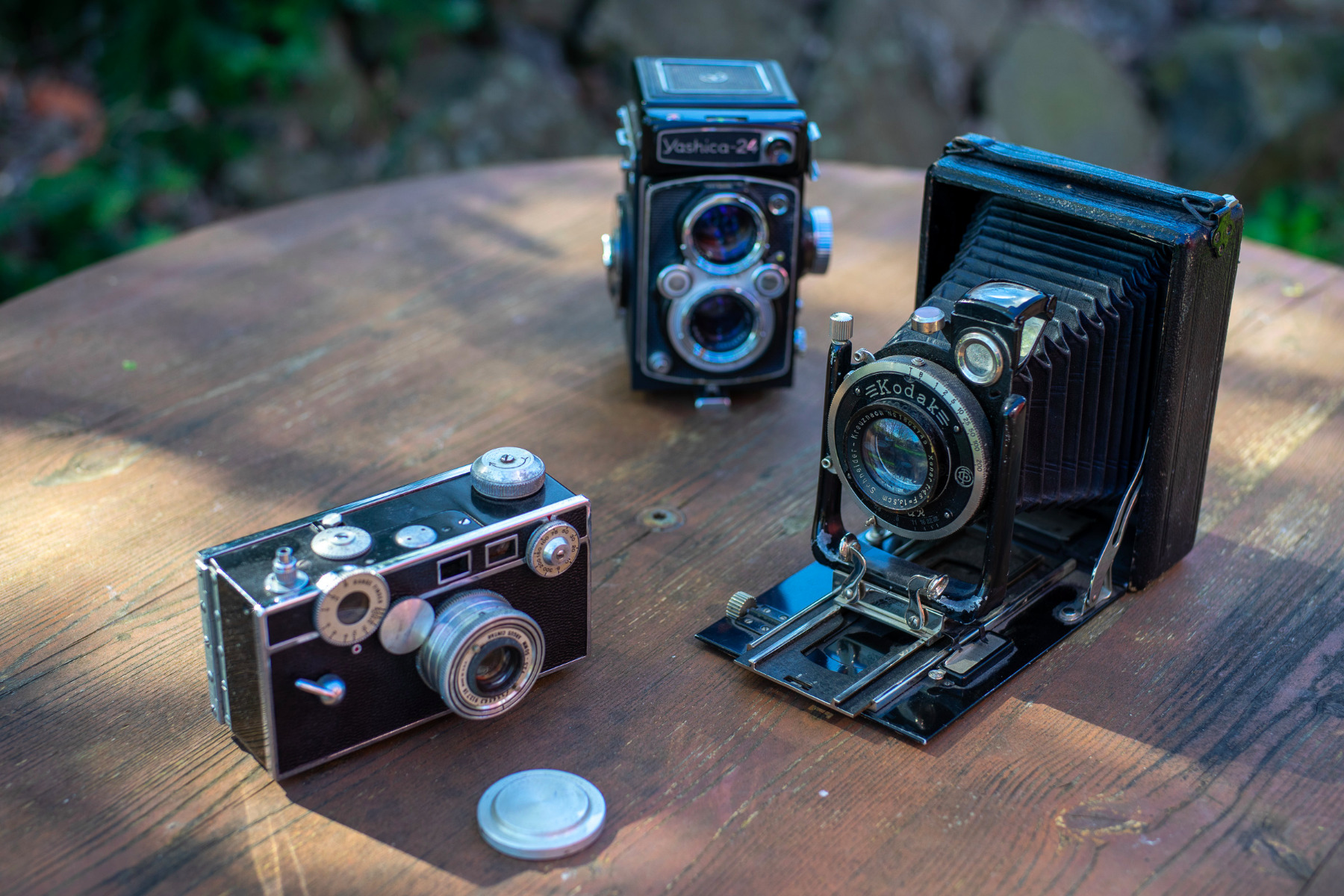
The garden picture shows some CAs at high contrast edges but nothing too bad and the corner performance (check top left corner) is very good at f/4.
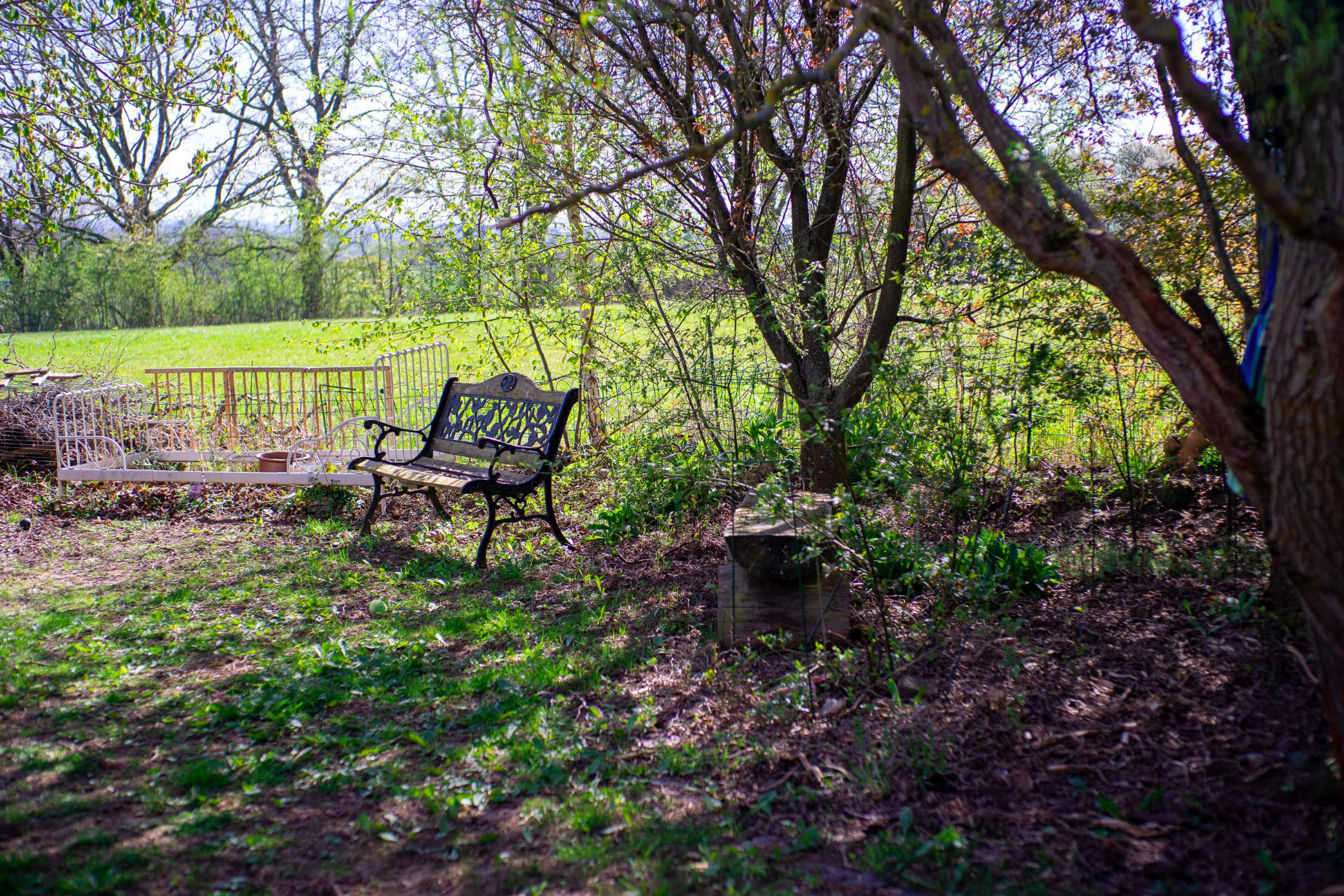
It seems that this TTArtisan 1.4/50 is a real “allrounder” and if f/1.4 is fast enough for you, this version might be the best solution for you.
Pro: sharpness, bokeh, corner performance, general CA, value (price-performance)
Con: some CAs in high contrast situations, price a little higher than the 7artisans
Leica Summicron-M 2.0/50 (IV, “Mandler”-version)
This is an older lens but it makes sense to compare it here, because it is still considered to be very good and the price difference to the other competitors here is – as high as it is – not as ridiculously big as to a new Summicron. Built quality? Well, it’s a Leica and it still works great after decades. What more is to say? It’s also almost tiny compared to the others here, of course the f/2.0 helps.
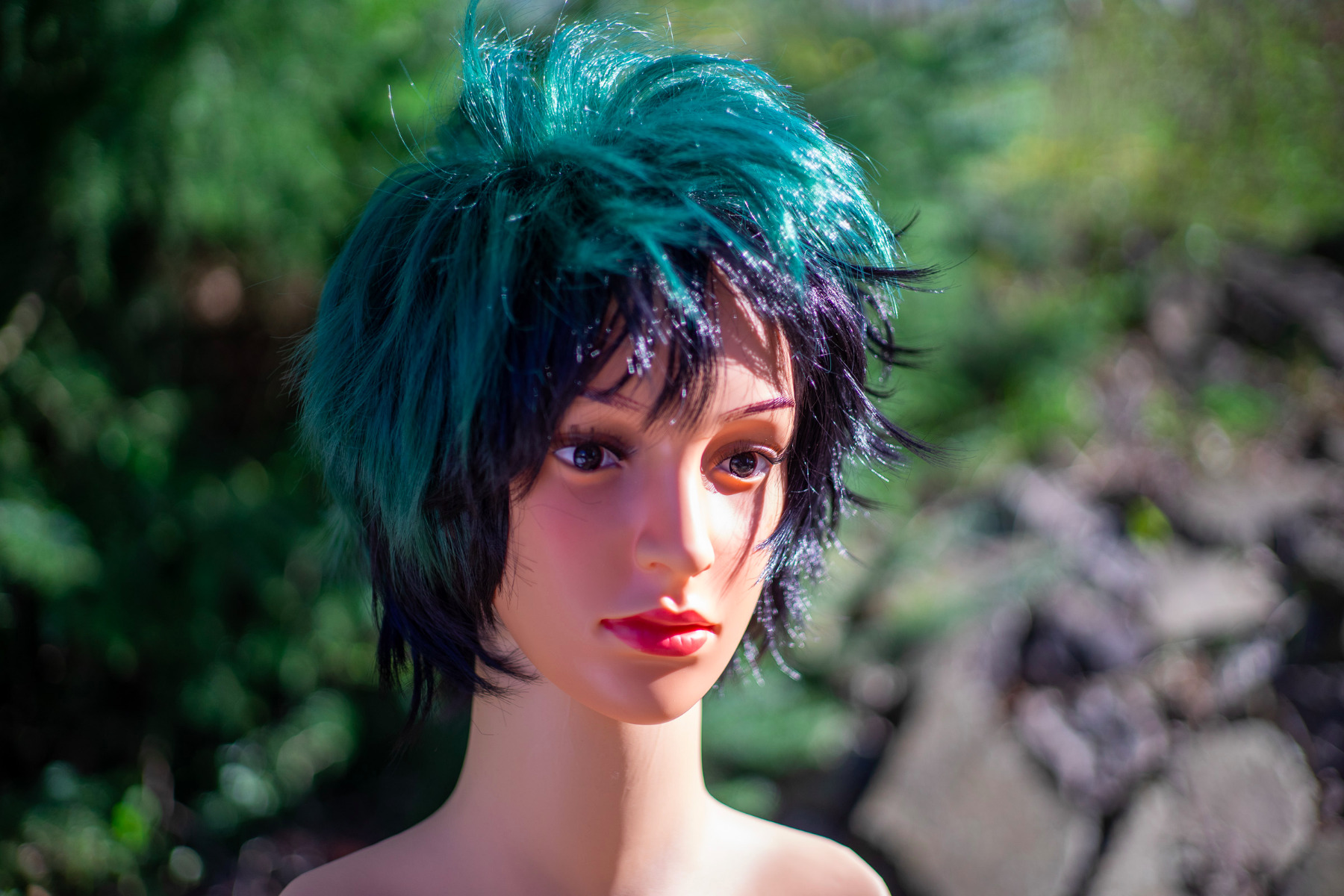
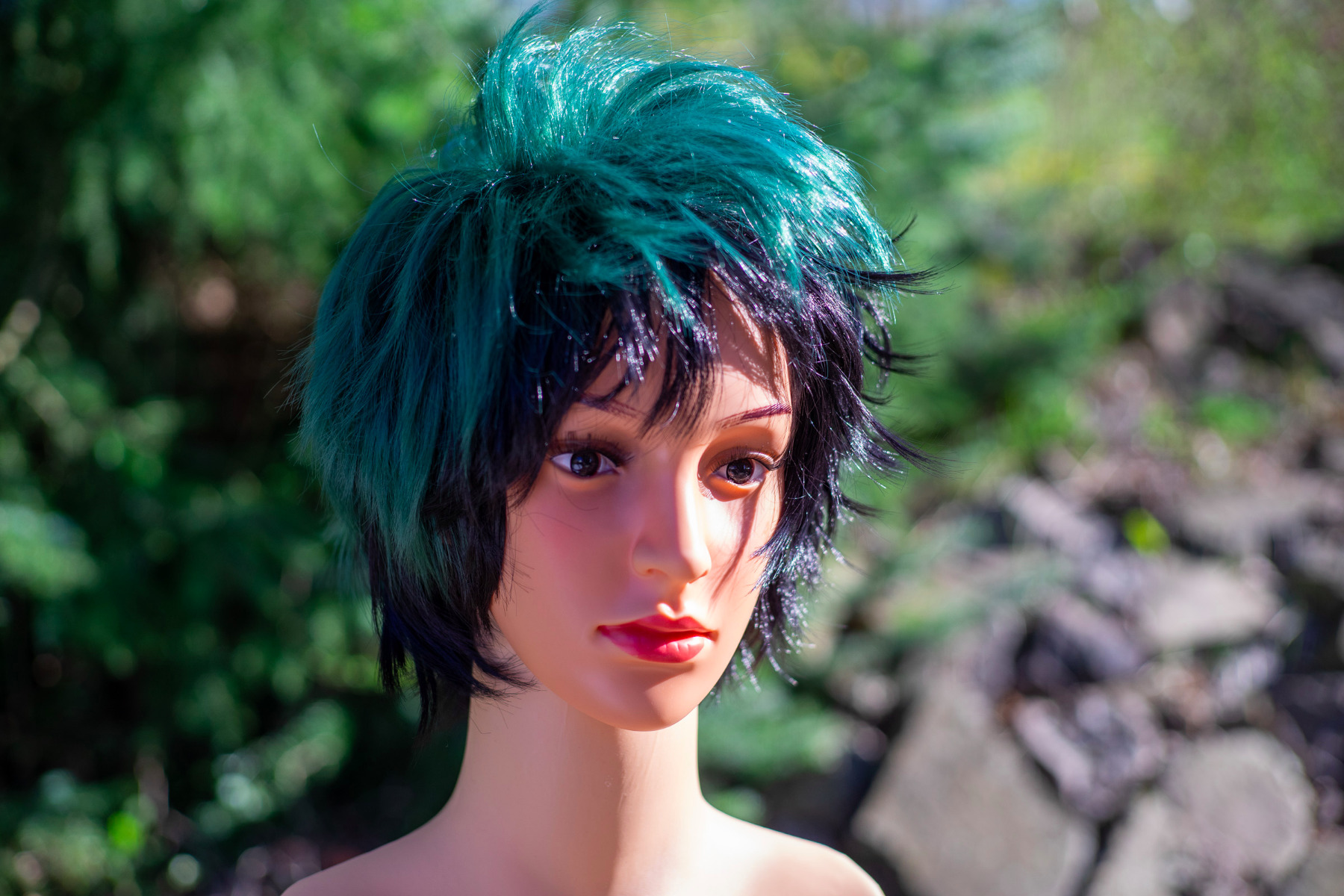
The Mandler-Summicron has a pleasant bokeh (although not the creamiest one here) and is impressively sharp even wide open which is f/2 and thus considerably slower than with the others. One stop down to f/2.8 doesn’t change much but improves the performance even more.
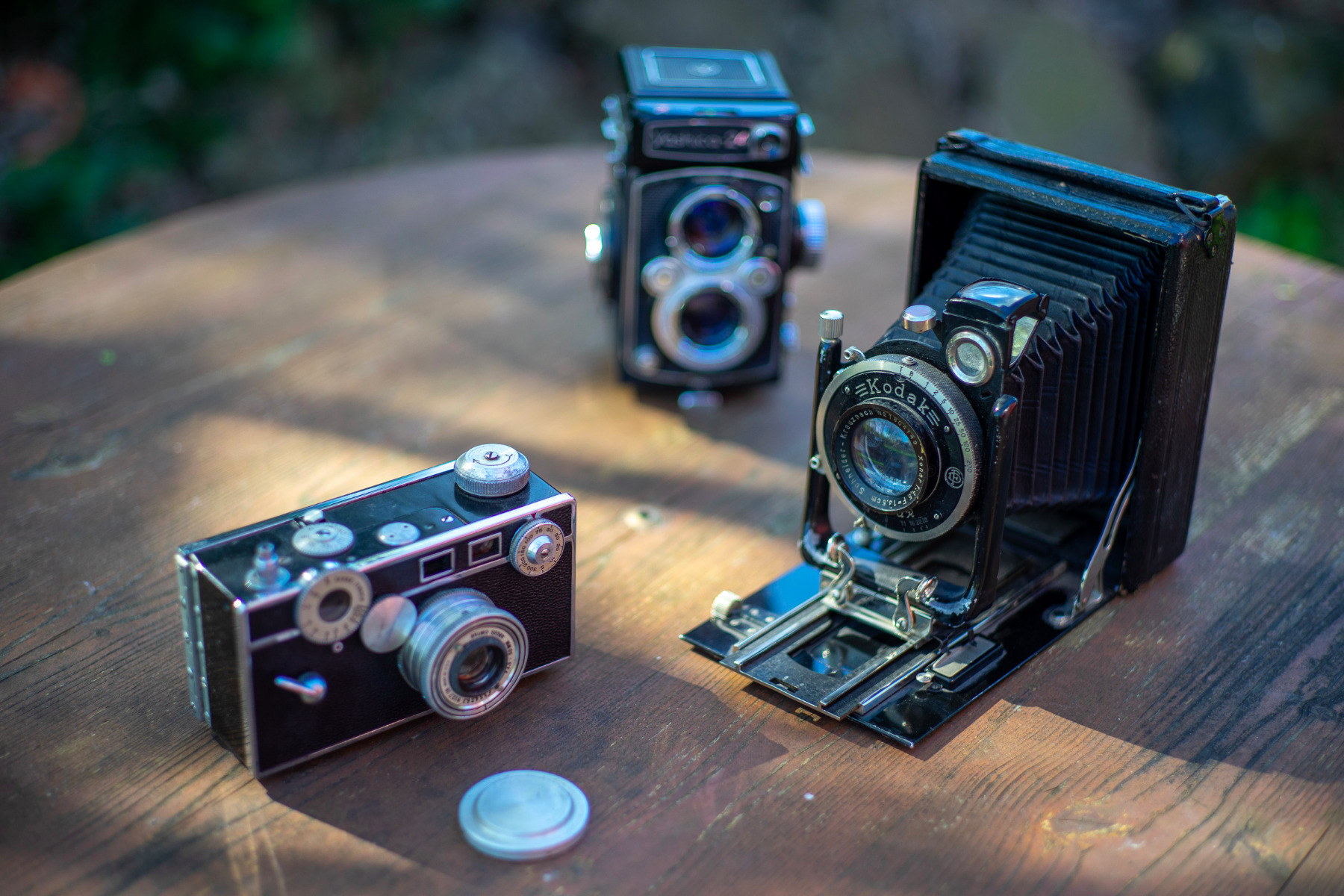
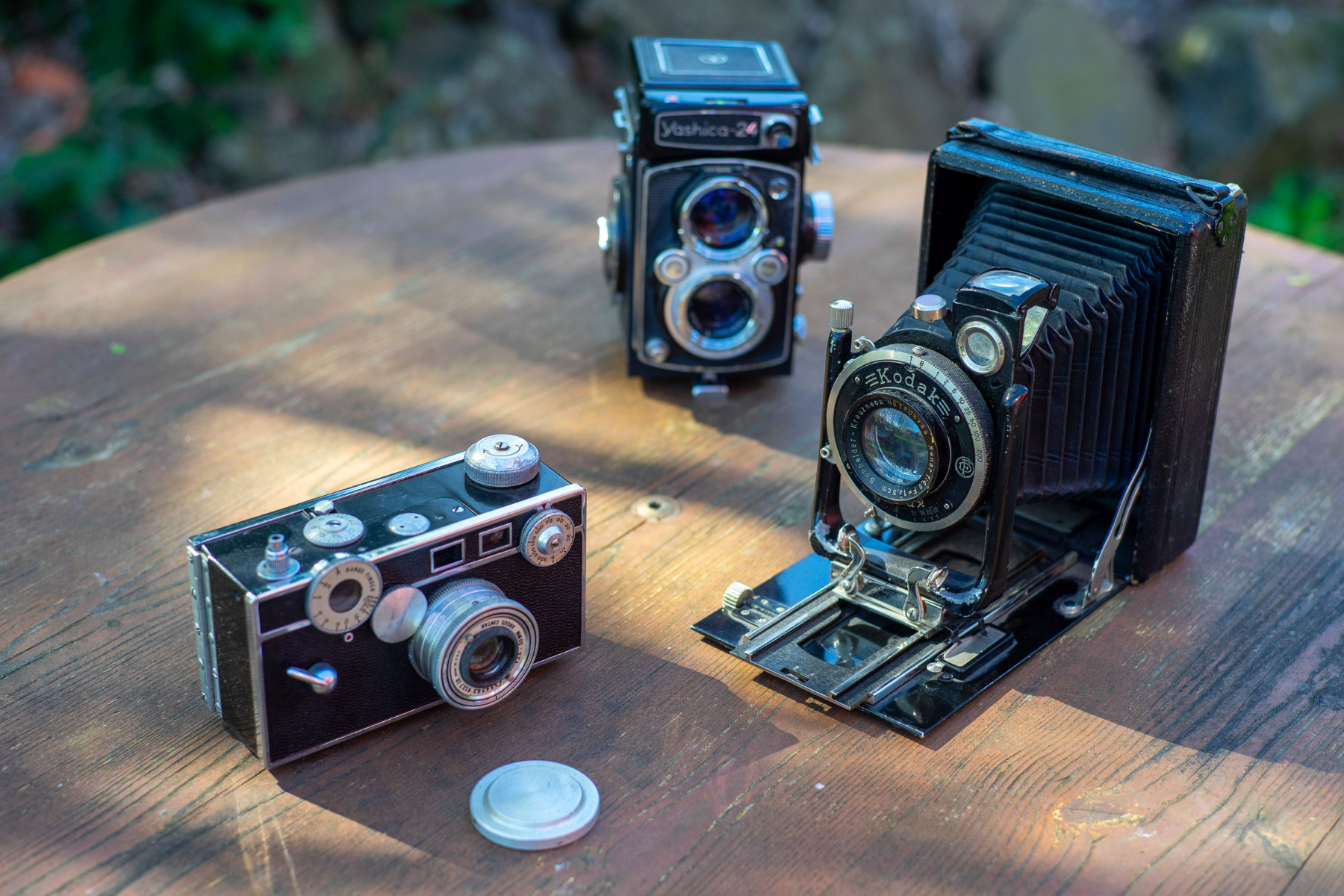
The camera photos show that CAs are very well controlled if not non-existent. Again, sharpness is great and the bokeh very pleasant.
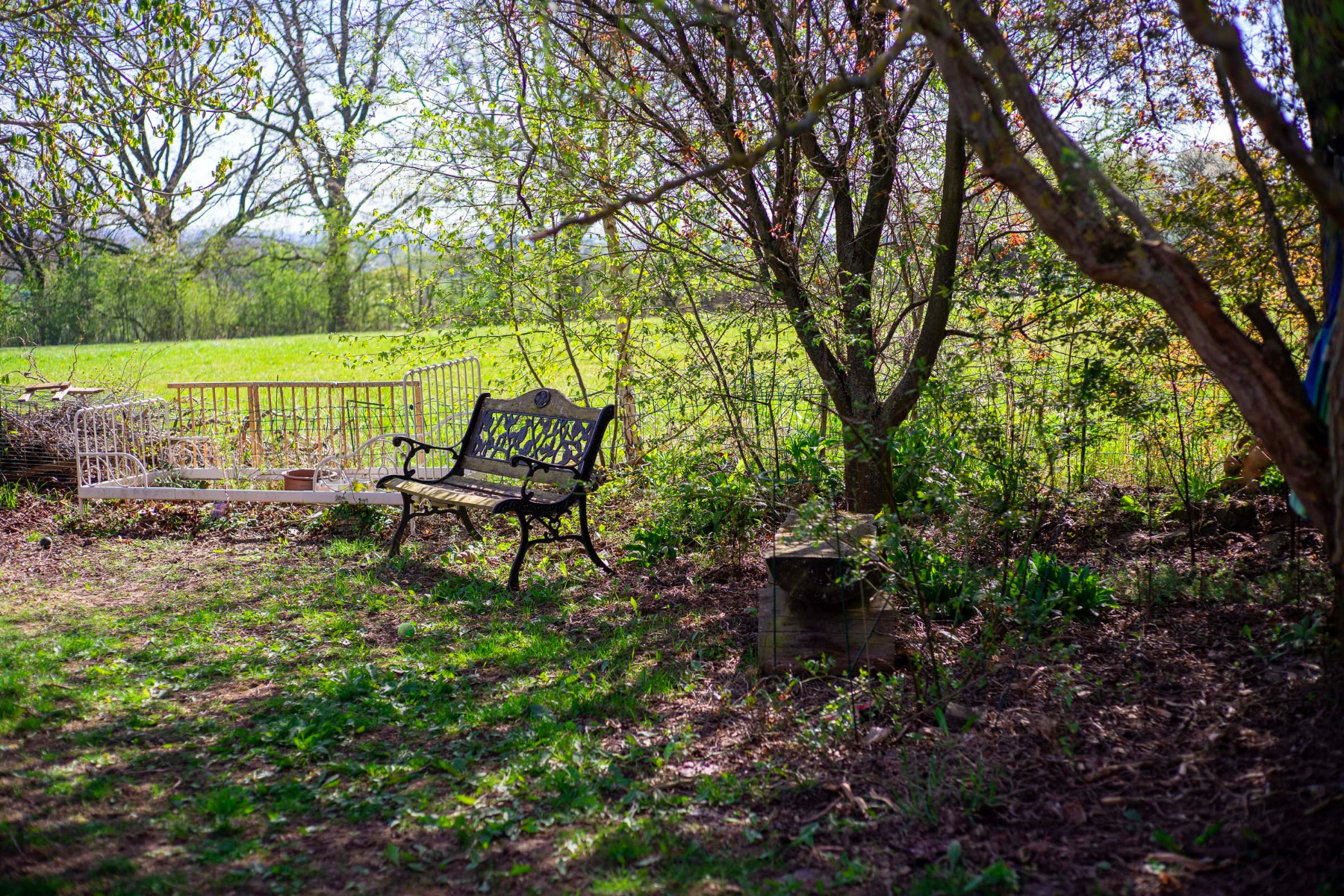
The garden shot approves the top performance: corner sharpness is almost immaculate, contrast is high, the over-all impression is probably the best of all four lenses.
But, it is “only” an f/2-lens and it is as a used specimen much more expensive than the others new. Actually, you could buy all three Asian lenses for the price of one good used version of the Mandler-Summicron. This we need to keep in mind. Nevertheless, a fantastic “allround”-50.
Pro: sharpness, contrast, CAs (= performance), bokeh, built, size
Con: “only” f/2, price
So, which one would I recommend? Well, it depends.
Are you looking for the fastest lens you can probably afford? Go for the TTArtisan 0,95/50.
Are you looking for an allround-lens as a cheaper Summilux-alternative? Go for the TTArtisan 1.4/50.
Do you like the peculiar Sonnar-bokeh for portraits? Get the 7artisans 1.1/50.
Do you want a genuine Leica lens that will serve you well in all situations and still not empty your account completely? Try to find a good copy of the Mandler-Summicron 50.
If all factors are out in the balance and price-performance-value plays an important role, I would think that the (rather new) 7Artisans 1.4/50 is best deal. Once it is calibrated correctly, it will not disappoint you.

